There’s something magical about the sound of carousel music drifting through a park—those painted horses rising and falling while children’s laughter mingles with nostalgic melodies. Historic carousels represent more than just amusement rides; they’re handcrafted works of art that captured the spirit of American leisure from the late 1800s through the early 1900s.
Many of these magnificent machines nearly disappeared forever, victims of changing entertainment trends and decades of neglect. Fortunately, passionate communities across the country refused to let these treasures fade away.
Here is a list of 18 historic carousel parks that have been lovingly restored to their former glory, bringing joy to new generations while preserving pieces of Americana.
Prospect Park Carousel
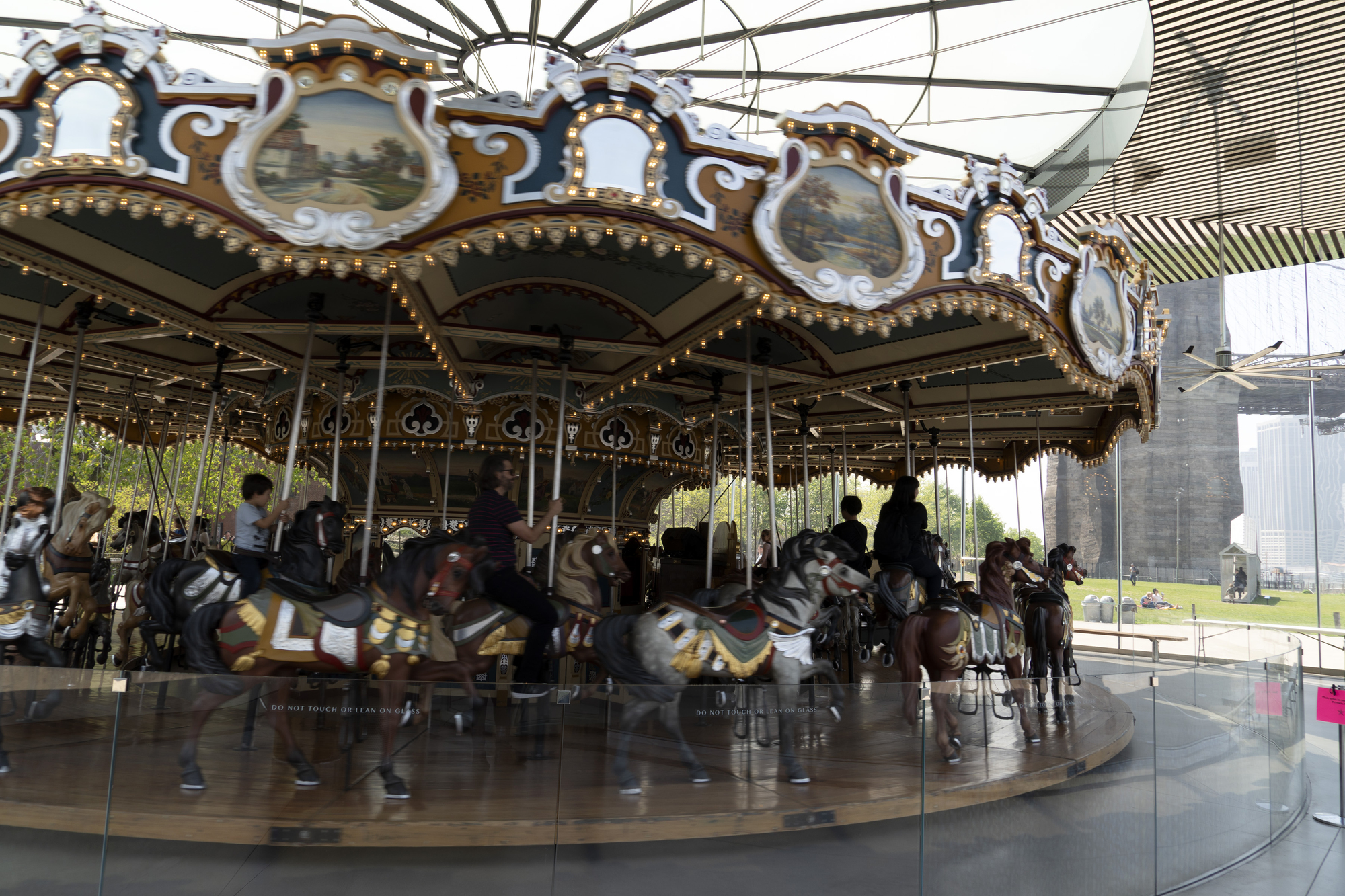
Brooklyn’s Prospect Park houses one of the country’s finest restored carousels—a 1912 Charles Carmel masterpiece that was actually rescued from Coney Island in 1952. The carousel features 51 hand-carved horses and two chariots, each painted with incredible detail that’d make any folk art collector weep with joy.
After a major restoration in the 1990s, this beauty spins again under a historic pavilion, though the real magic happens when you see kids’ faces light up just like they did over a century ago.
Glen Echo Park
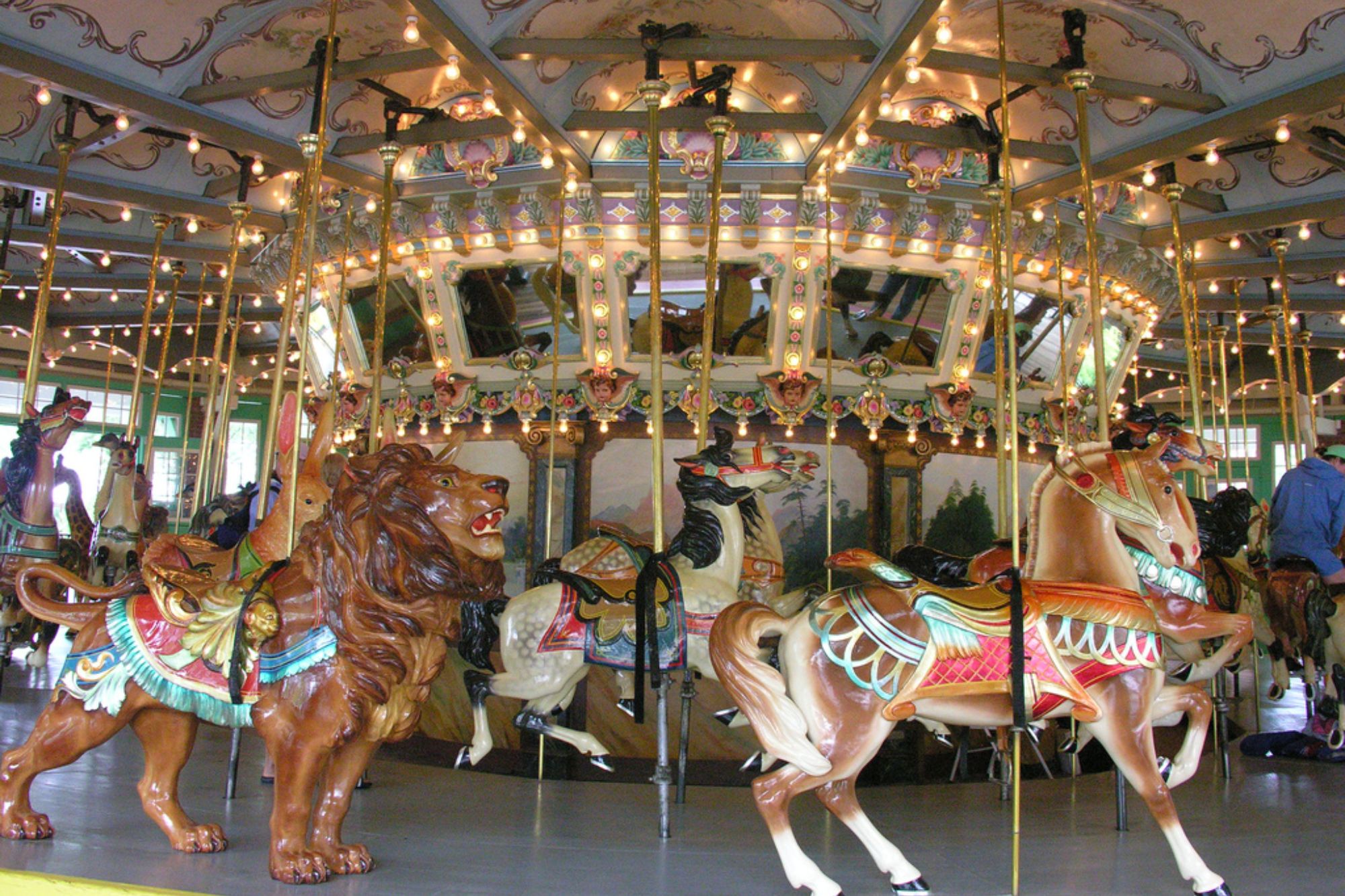
Maryland’s Glen Echo Park transformed from a failed utopian community into an amusement park, and now it’s home to a stunning 1921 Dentzel carousel that nearly met the scrap heap. The carousel features 52 horses—including four jumpers that still work perfectly—plus elaborate mirrors and original band organ music that echoes through the restored pavilion.
Community volunteers spent countless hours bringing this machine back to life, proving that sometimes, the most important restorations happen because people simply refuse to give up.
Golden Gate Park
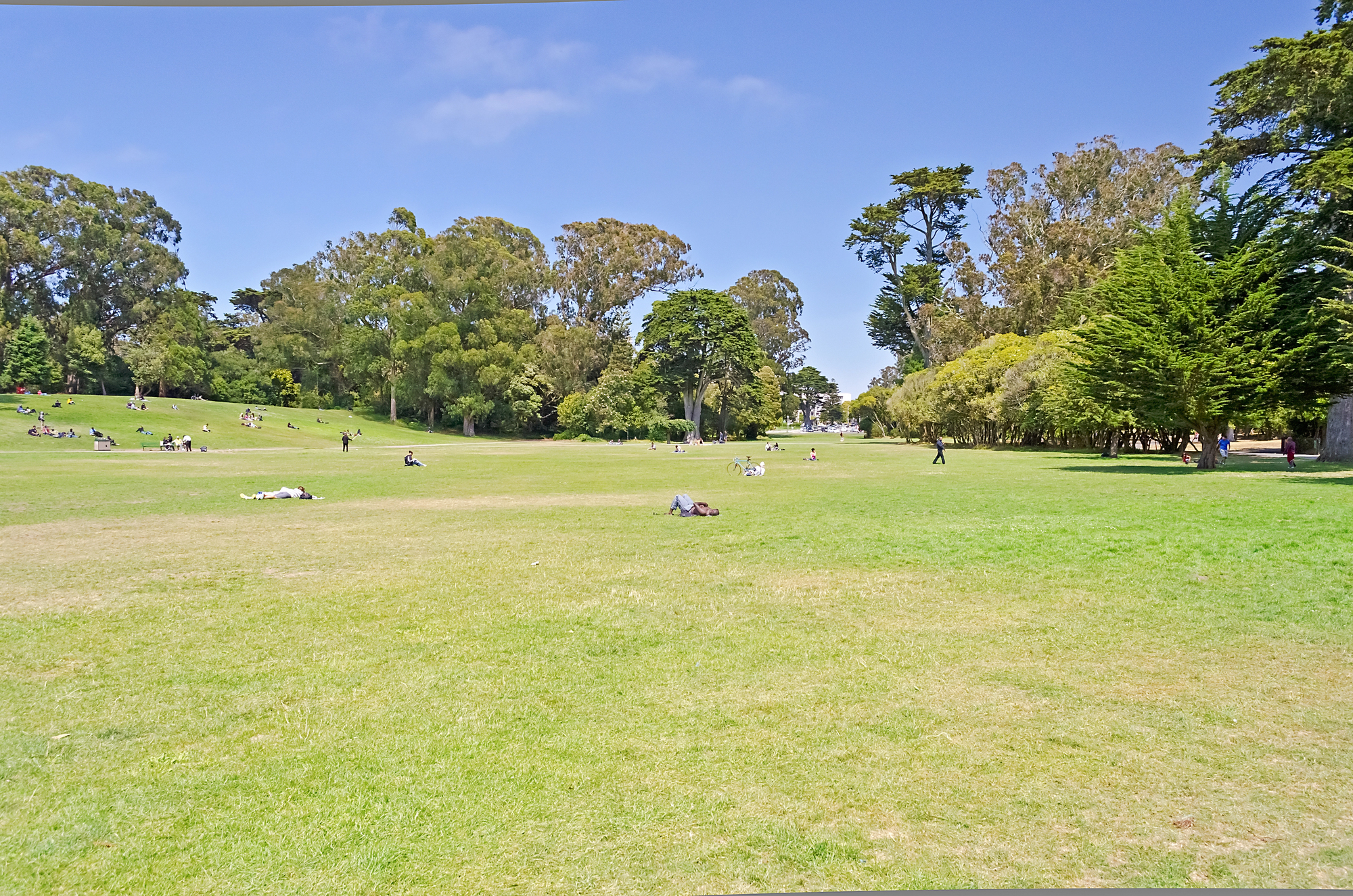
San Francisco’s Golden Gate Park carousel went through quite the journey—built in 1914, moved multiple times, and eventually restored in the 1980s after years of sitting silent. The Herschell-Spillman creation features beautifully painted horses and a working band organ that plays classic tunes while riders circle past eucalyptus trees.
What makes this restoration special is how the community raised funds through everything from bake sales to major fundraising galas, showing that carousel preservation brings people together.
Like Travel Pug’s content? Follow us on MSN.
Bushnell Park
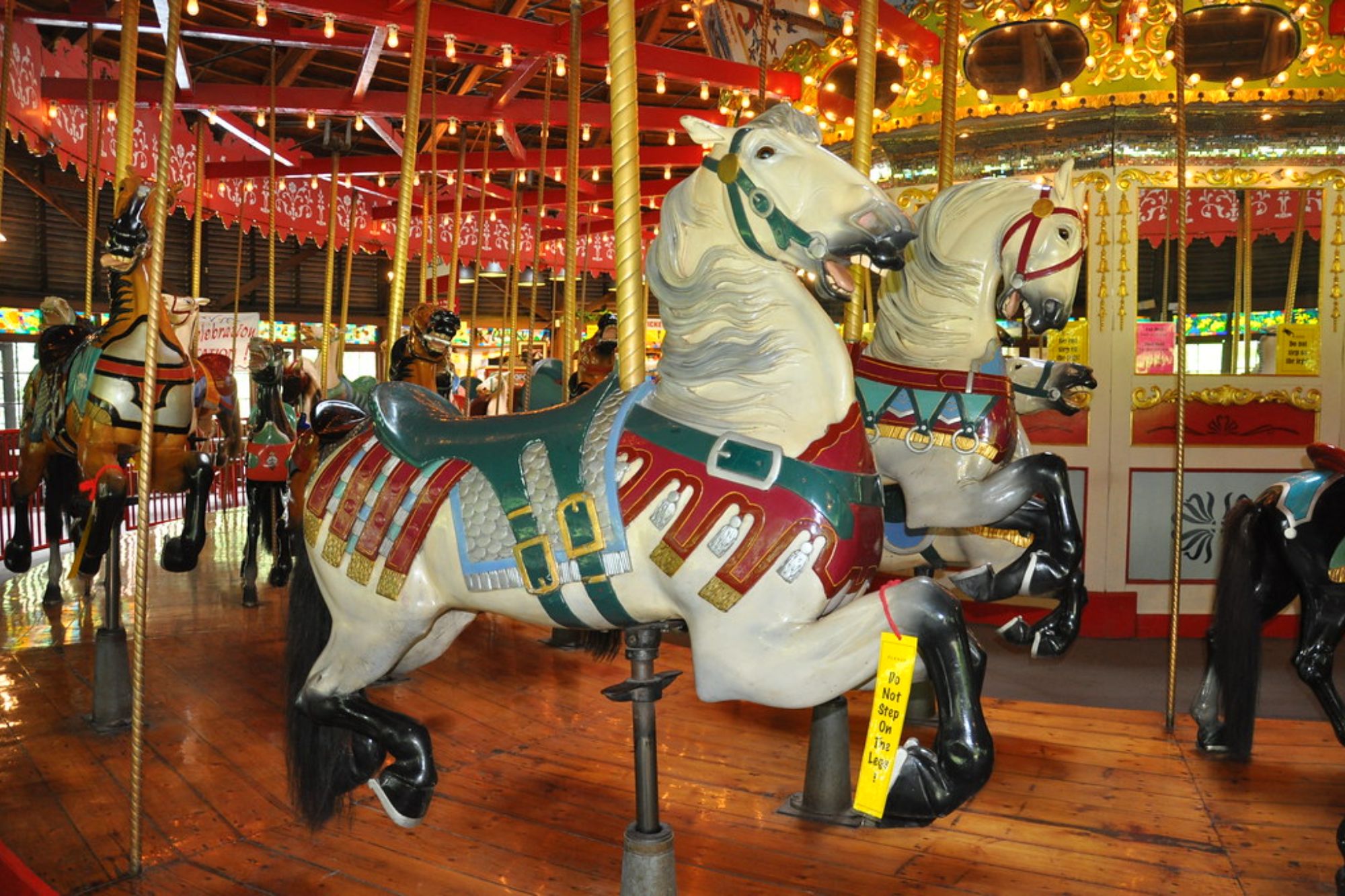
Hartford’s Bushnell Park houses the first carousel ever purchased with public funds—a 1914 Stein and Goldstein creation that was lovingly restored in the 1970s. The carousel features 48 hand-carved horses and plays music from its original Wurlitzer band organ though the real story is how the city recognized this machine as a legitimate piece of public art worth preserving.
The restoration set a precedent for municipal carousel preservation that cities across America would follow.
Flushing Meadows Corona Park
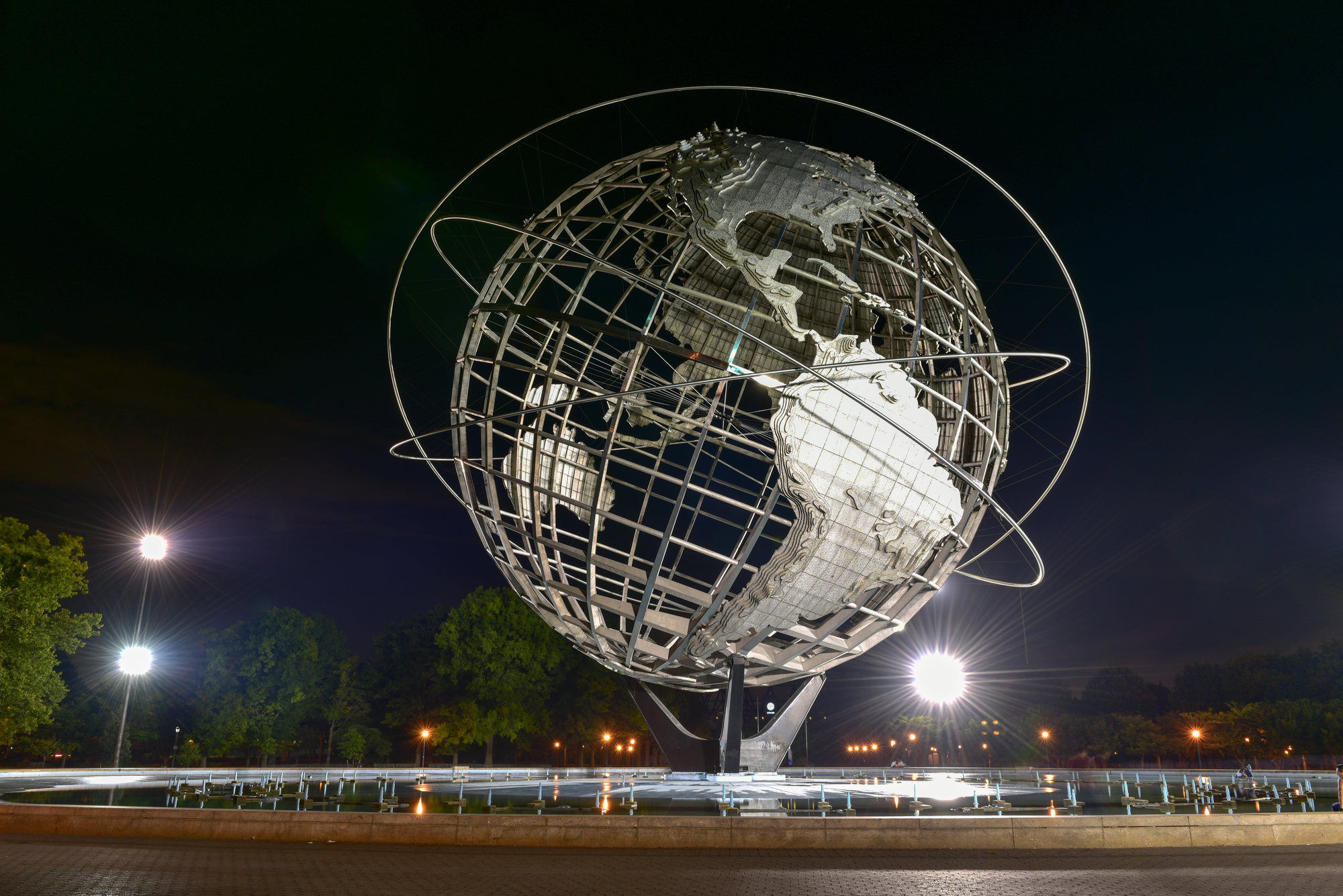
Queens’ Flushing Meadows Corona Park is home to a 1903 merry-go-round that survived the 1939 World’s Fair and decades of urban decay before being restored in the 1980s. This Muller Brothers carousel features incredibly detailed horses and chariots—each one hand-carved and painted with folk art precision that’d be impossible to replicate today.
The restoration involved master craftsmen who had to research historical paint colors and carving techniques, essentially becoming carousel archaeologists.
Balboa Park
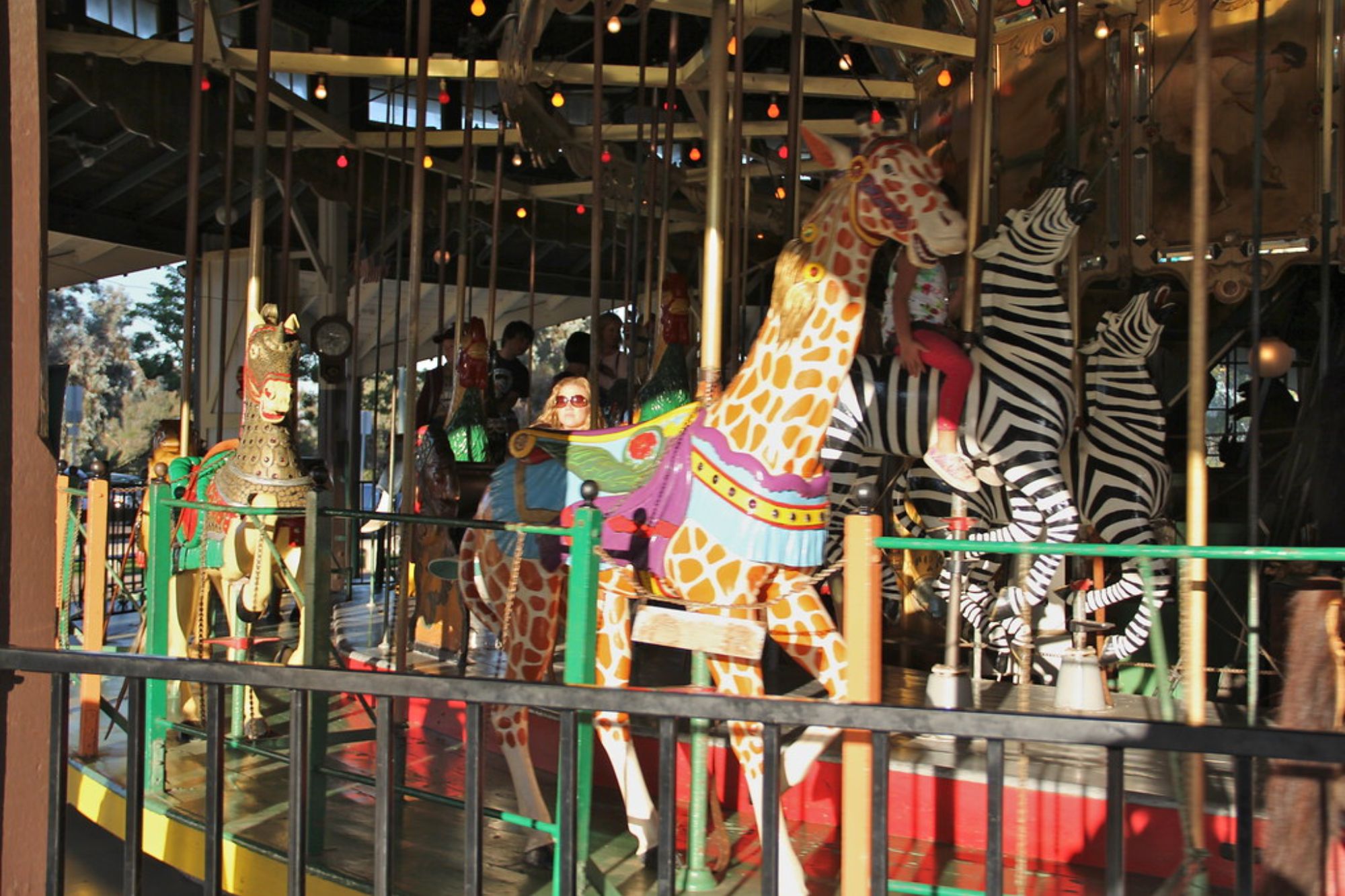
San Diego’s Balboa Park carousel dates back to 1910 and features some of the most spectacular hand-carved animals you’ll find anywhere, including horses, zebras, and even a few exotic creatures that spark kids’ imaginations. The restoration preserved not just the animals but also the original brass ring dispenser, keeping alive the tradition of reaching for that elusive prize.
What’s remarkable is how this California installation maintained its East Coast craftsmanship through multiple relocations and restorations.
Like Travel Pug’s content? Follow us on MSN.
Congress Park
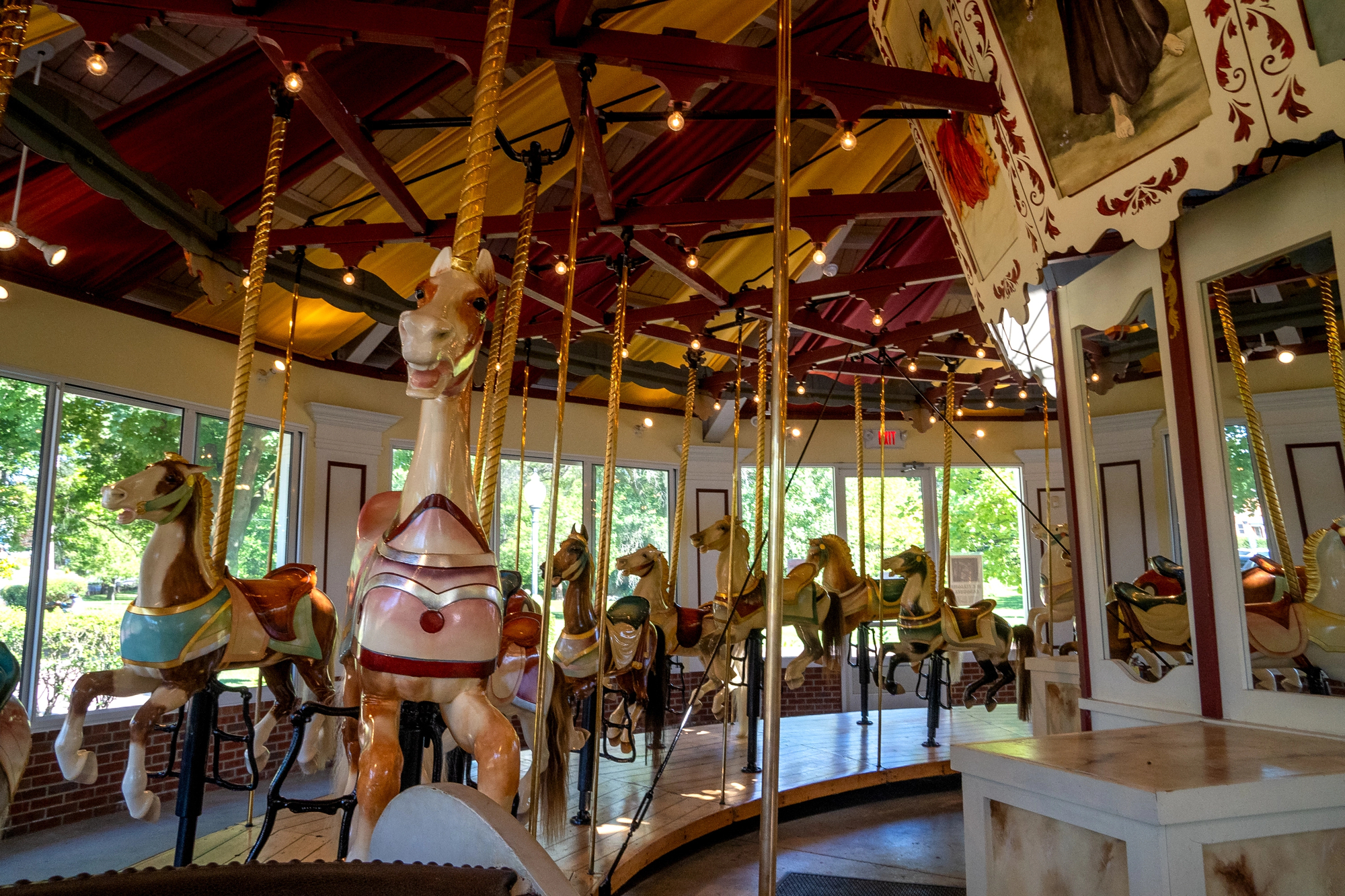
Saratoga Springs’ Congress Park houses a 1910 carousel that was beautifully restored in the 1980s, bringing back the elegant painted horses and ornate decorative elements that make this machine a true work of art. The carousel sits in a Victorian-era pavilion that was also restored, creating this perfect time capsule of turn-of-the-century leisure culture.
The restoration team paid incredible attention to period details, from the original color schemes to the hand-lettered signage.
Seaport Village
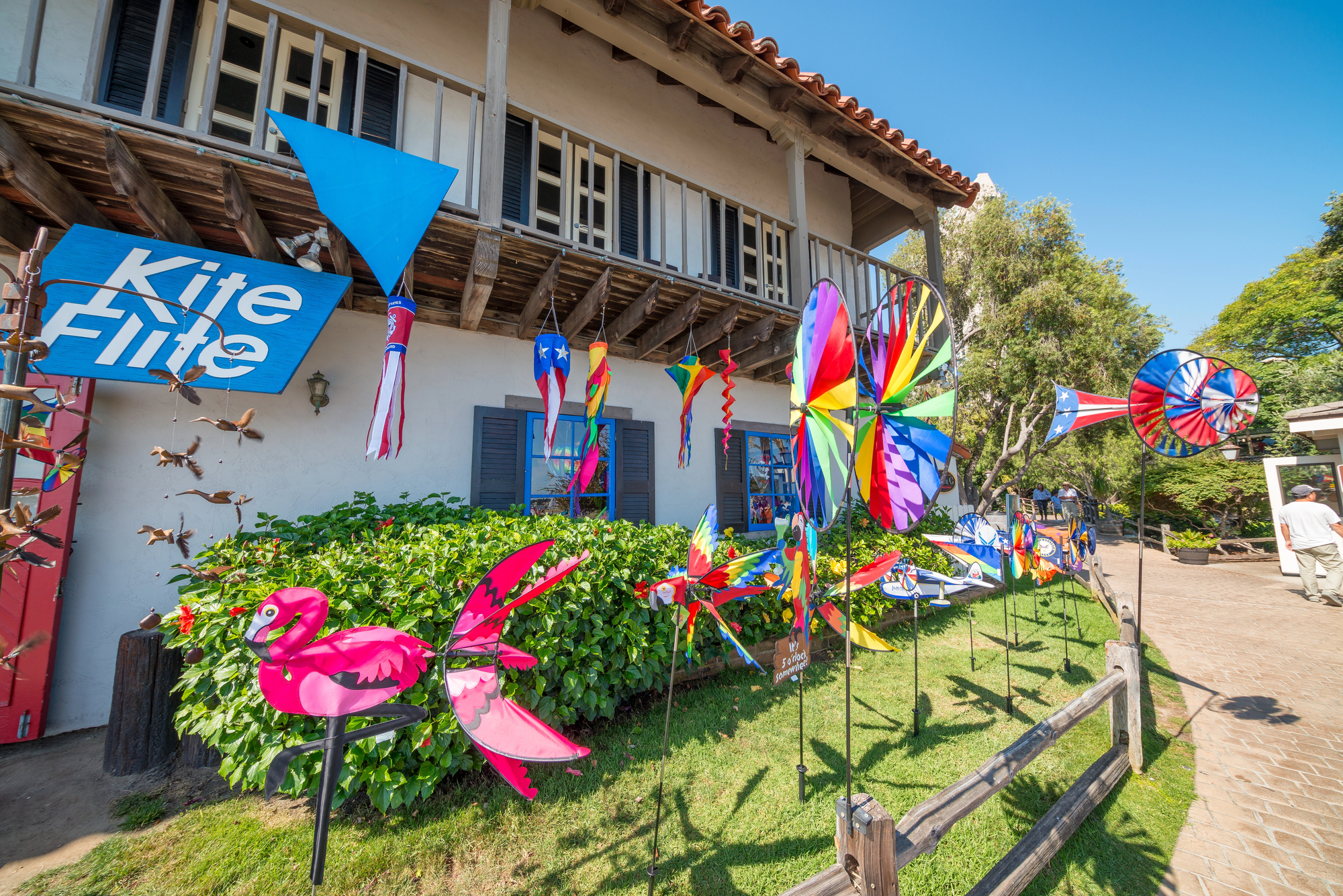
San Diego’s Seaport Village features a 1895 Looff carousel that traveled from New York to California and underwent extensive restoration to preserve its historic significance. The carousel includes 54 hand-carved horses plus menagerie animals like lions and tigers—each piece representing the peak of American folk art craftsmanship.
This restoration was particularly challenging because the machine had been modified so many times over the decades, requiring detective work to determine original specifications.
Kit Carson Park
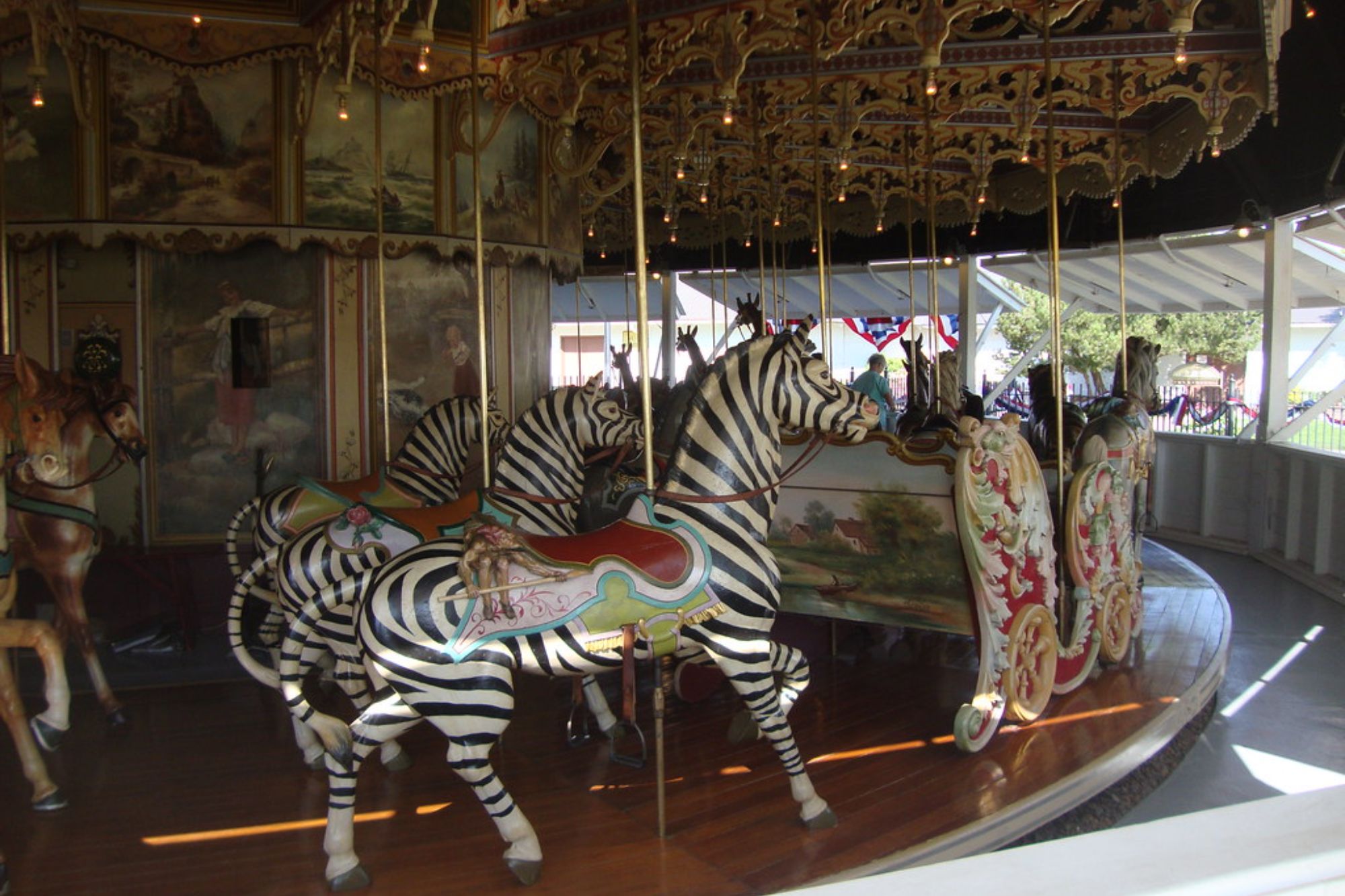
Escondido’s Kit Carson Park houses a 1946 Allan Herschell carousel that represents the later era of carousel manufacturing, though it’s no less beautiful for being more recent. The restoration preserved the simpler but still charming painted horses while updating mechanical systems for safety and reliability.
This project shows how carousel preservation isn’t just about the oldest machines, but about maintaining the entire timeline of American carousel artistry.
Like Travel Pug’s content? Follow us on MSN.
Tilden Park
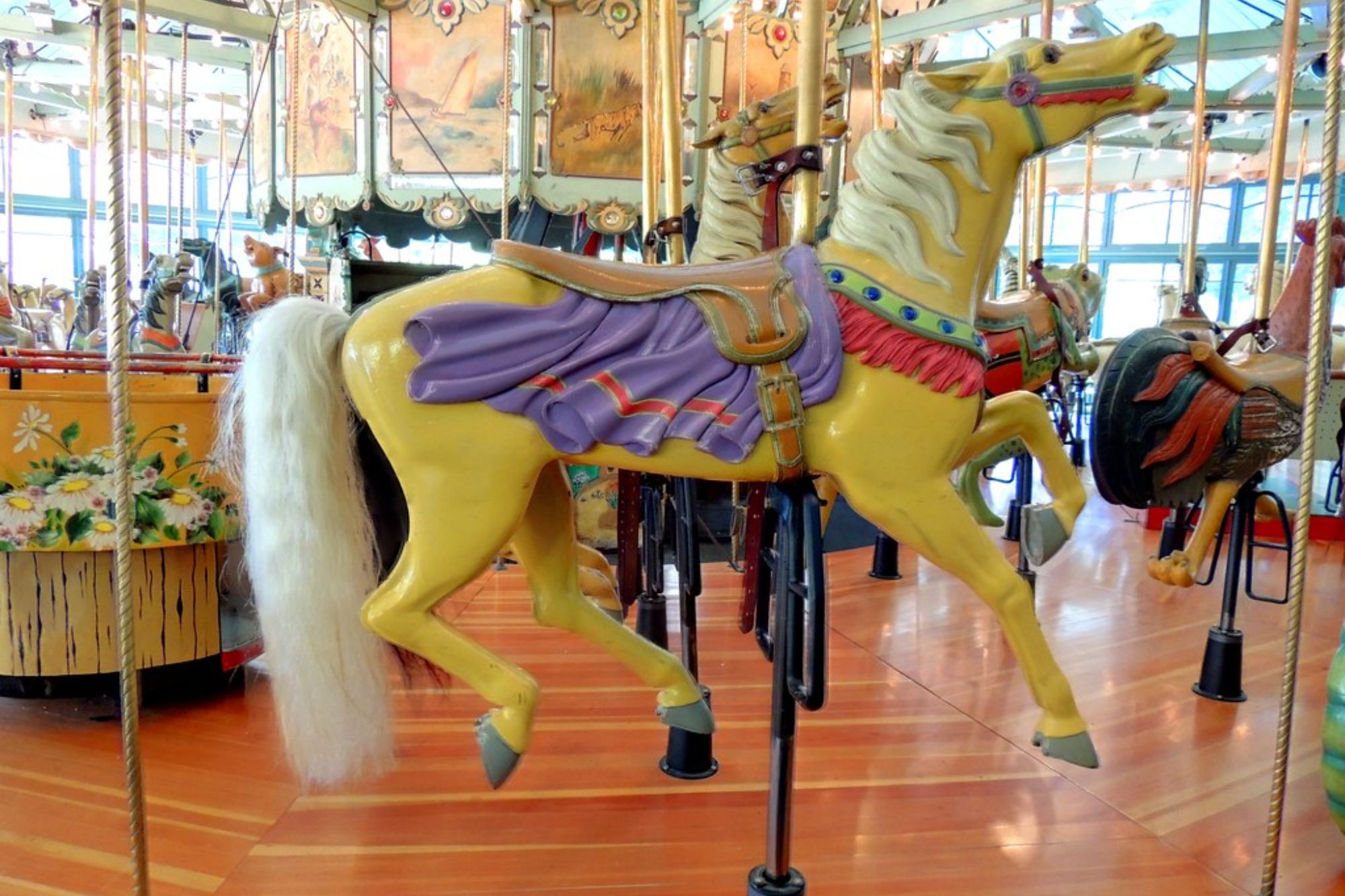
Berkeley’s Tilden Park carousel is a 1911 Herschell-Spillman creation that was restored with painstaking attention to original craftsmanship, from the hand-carved horses to the elaborate decorative panels. The restoration team discovered layers of paint that told the story of decades of modifications and repairs, essentially creating an archaeological record of carousel maintenance.
What emerged was a machine that looks exactly as it did when it first delighted riders over a century ago.
Riverfront Park
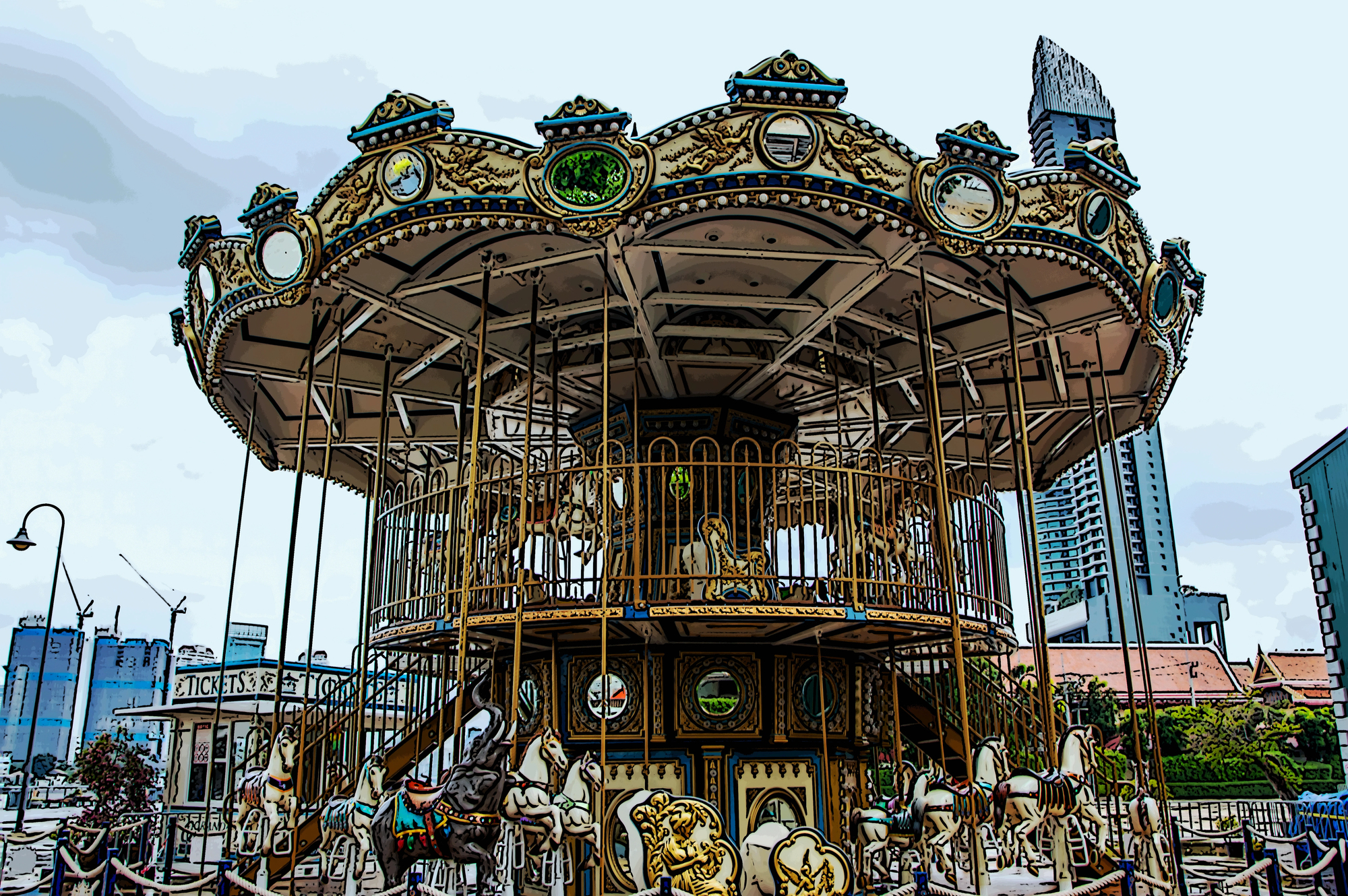
Spokane’s Riverfront Park features a 1909 Looff carousel that was completely restored for the 1974 World’s Fair and has been maintained ever since. The carousel includes 54 hand-carved horses and plays music from its original Ruth band organ.
The restoration became a point of civic pride for Spokane, demonstrating how these historic machines can anchor community gathering spaces.
Burnaby Village Museum
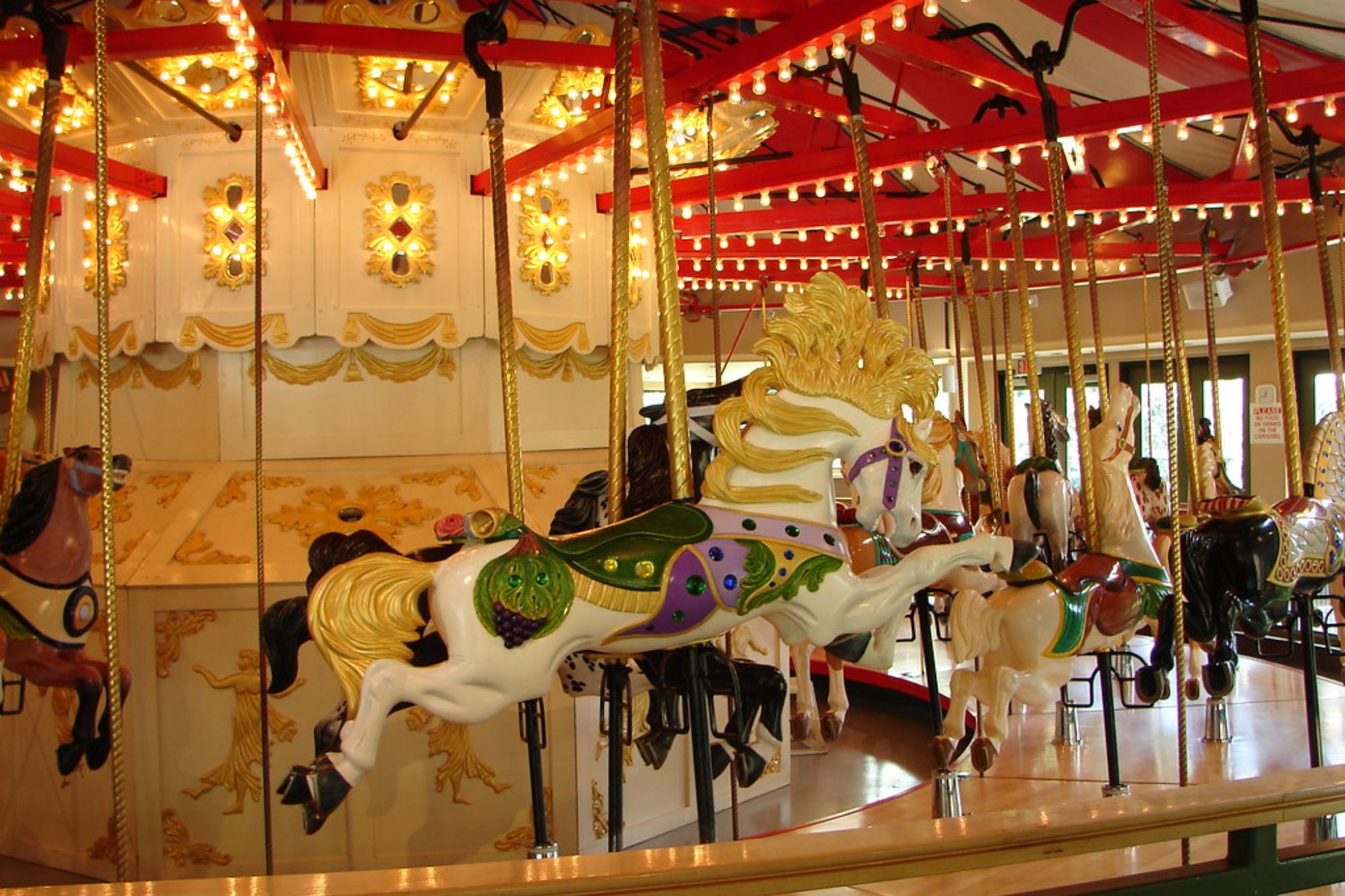
British Columbia’s Burnaby Village Museum houses a 1912 Parker carousel that underwent extensive restoration to preserve its Canadian heritage significance. The carousel features beautifully painted horses and operates in a recreated early 1900s village setting.
The restoration preserved not just the mechanical elements but also the social history of how these machines brought communities together for shared entertainment.
Like Travel Pug’s content? Follow us on MSN.
Peppermint Park
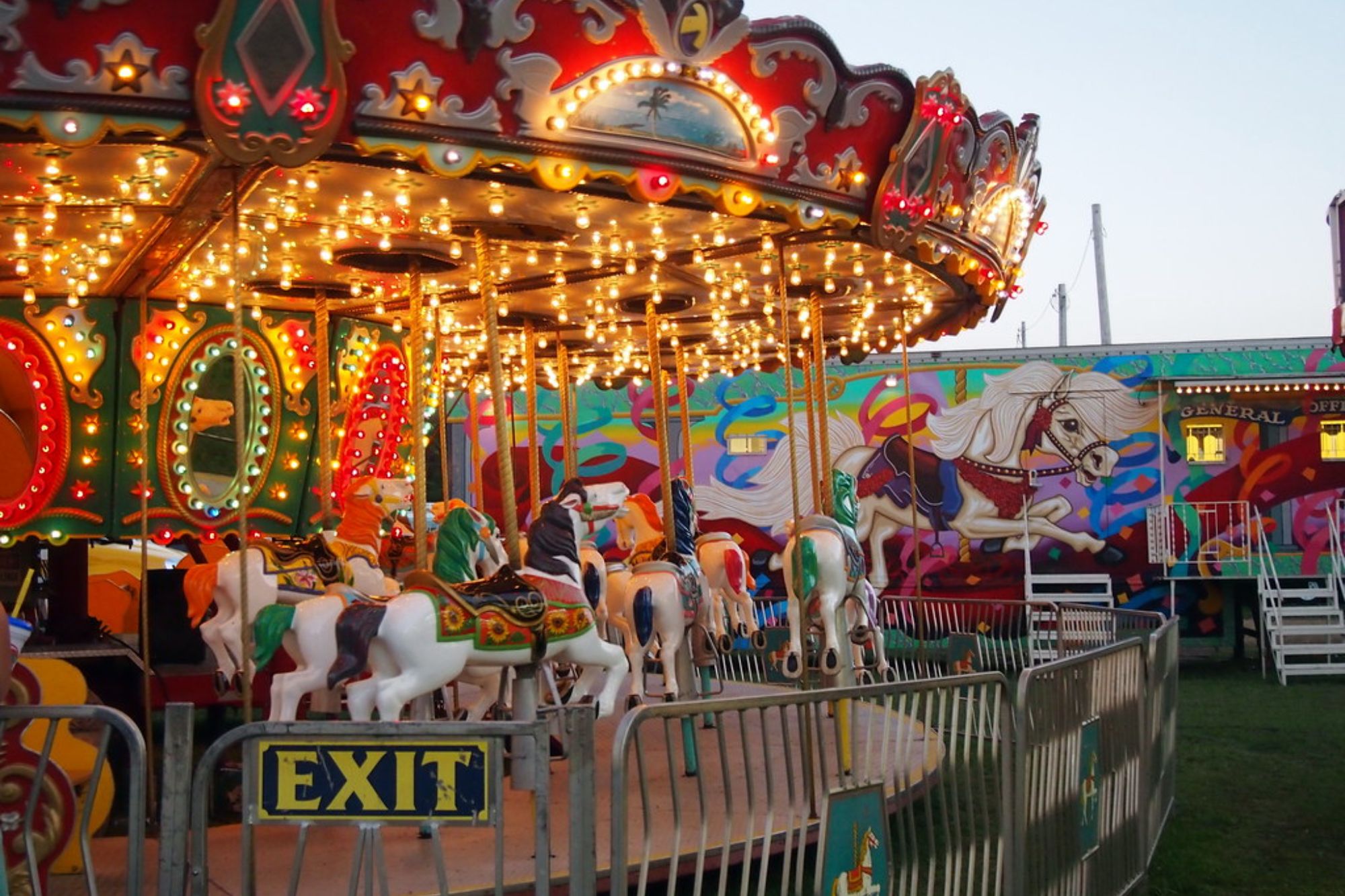
This Michigan park features a restored Allan Herschell carousel that represents the golden age of American carousel manufacturing. The restoration maintained the original painted horses while updating safety systems for modern operation.
The project involved local craftsmen learning traditional carousel restoration techniques, ensuring these skills would be preserved for future maintenance needs.
Santa Monica Pier
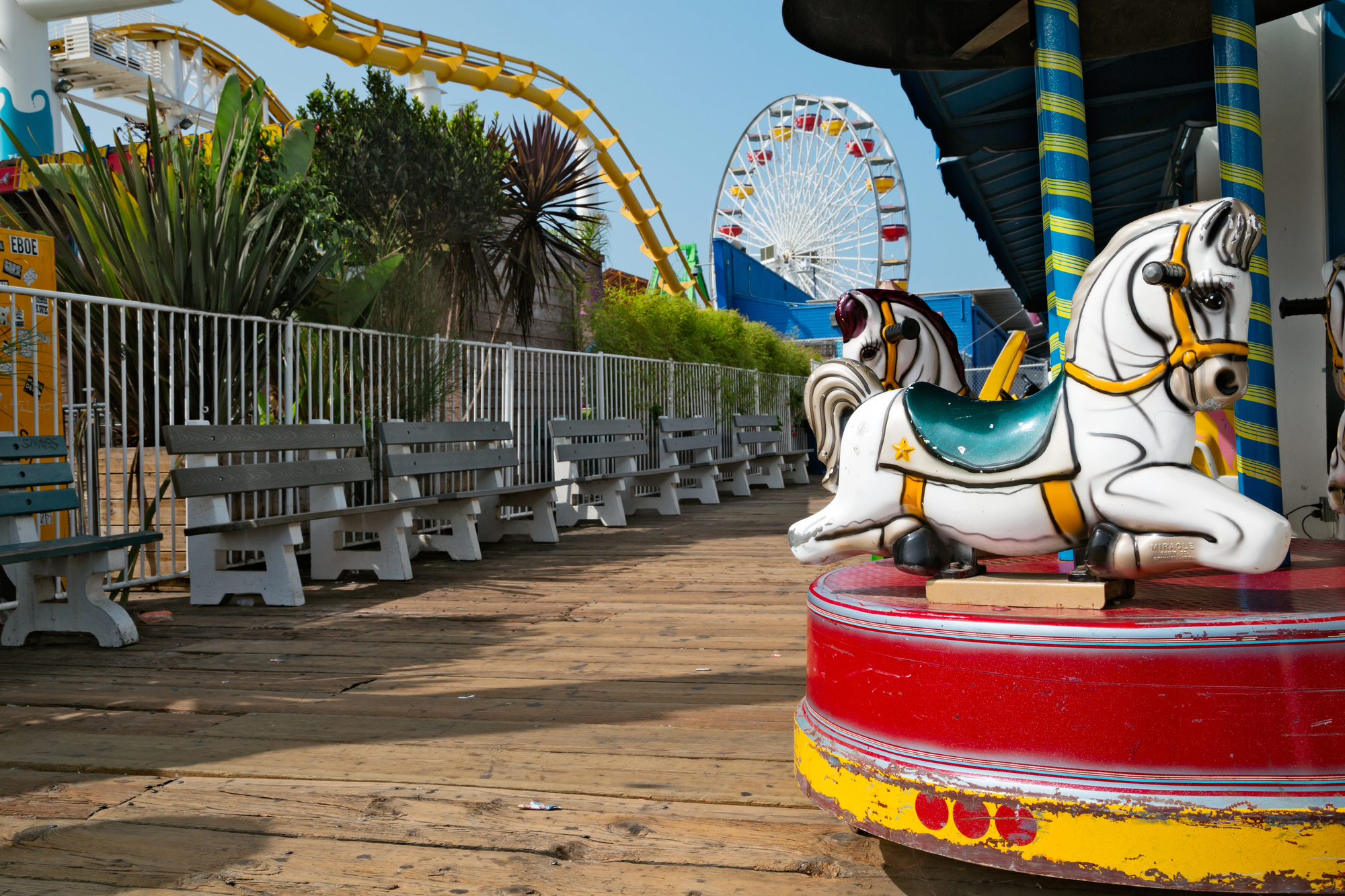
Santa Monica’s iconic pier houses a 1922 Looff Hippodrome carousel that survived decades of coastal weather and urban development pressures. The restoration preserved the elaborate hand-carved horses and decorative elements while protecting them from salt air damage.
This machine represents one of the last surviving seaside carousels from the great era of American boardwalk entertainment.
Myrtle Beach
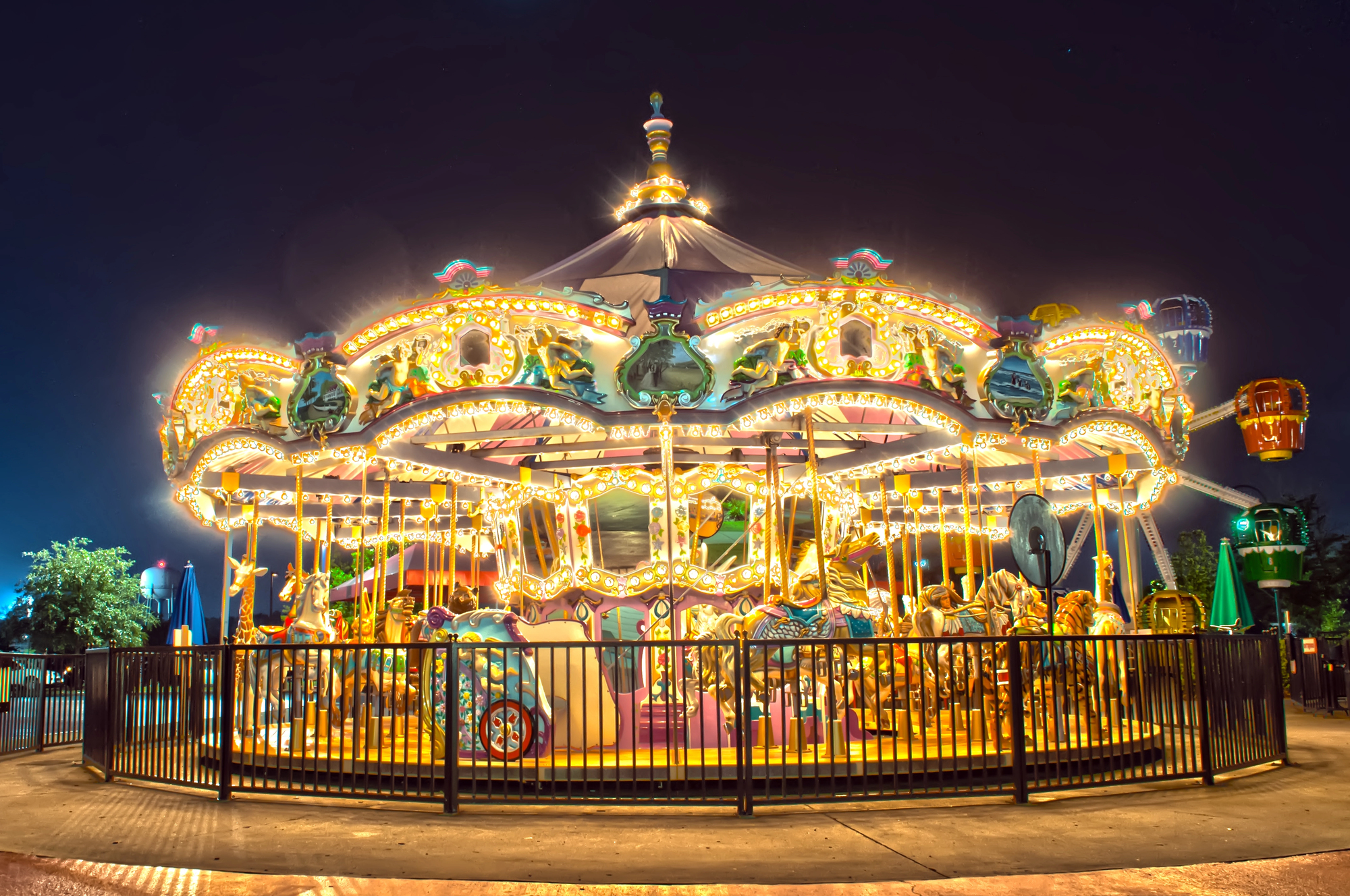
South Carolina’s Myrtle Beach features a restored Herschell-Spillman carousel that brings classic carousel artistry to a modern beach resort setting. The restoration balanced historical accuracy with the practical needs of operating in a high-traffic tourist environment.
The painted horses and band organ music provide a nostalgic counterpoint to contemporary beach attractions.
Like Travel Pug’s content? Follow us on MSN.
Nunley’s Carousel
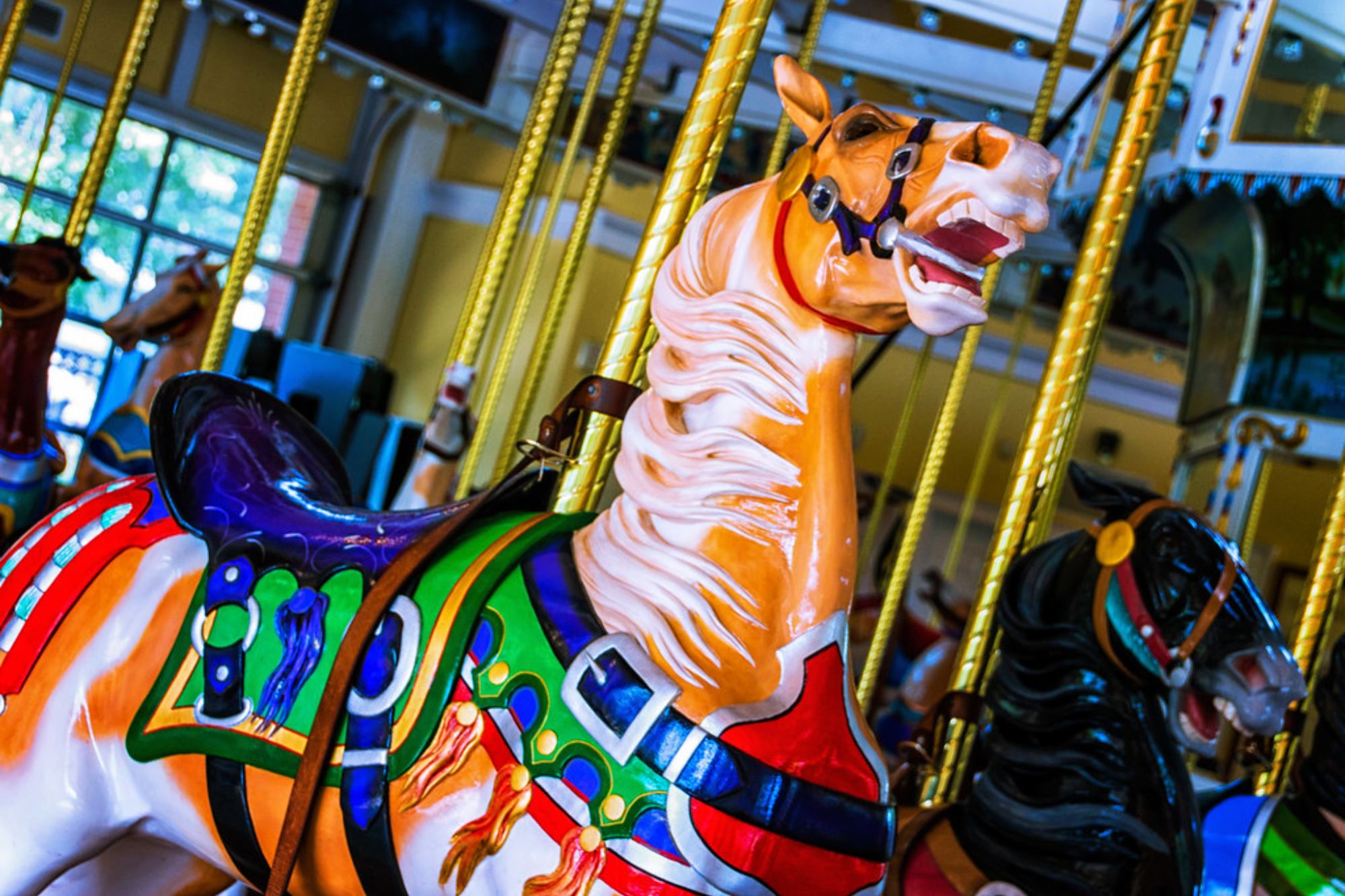
Originally from Baldwin, New York, this restored 1912 Stein and Goldstein carousel now operates at Museum Row in Rockville Centre. The restoration preserved 41 hand-carved horses and two chariots, each painted with incredible folk art detail.
The project saved not just the carousel but also its historic band organ and decorative elements, creating a complete historical experience.
Huck Finn’s Playland
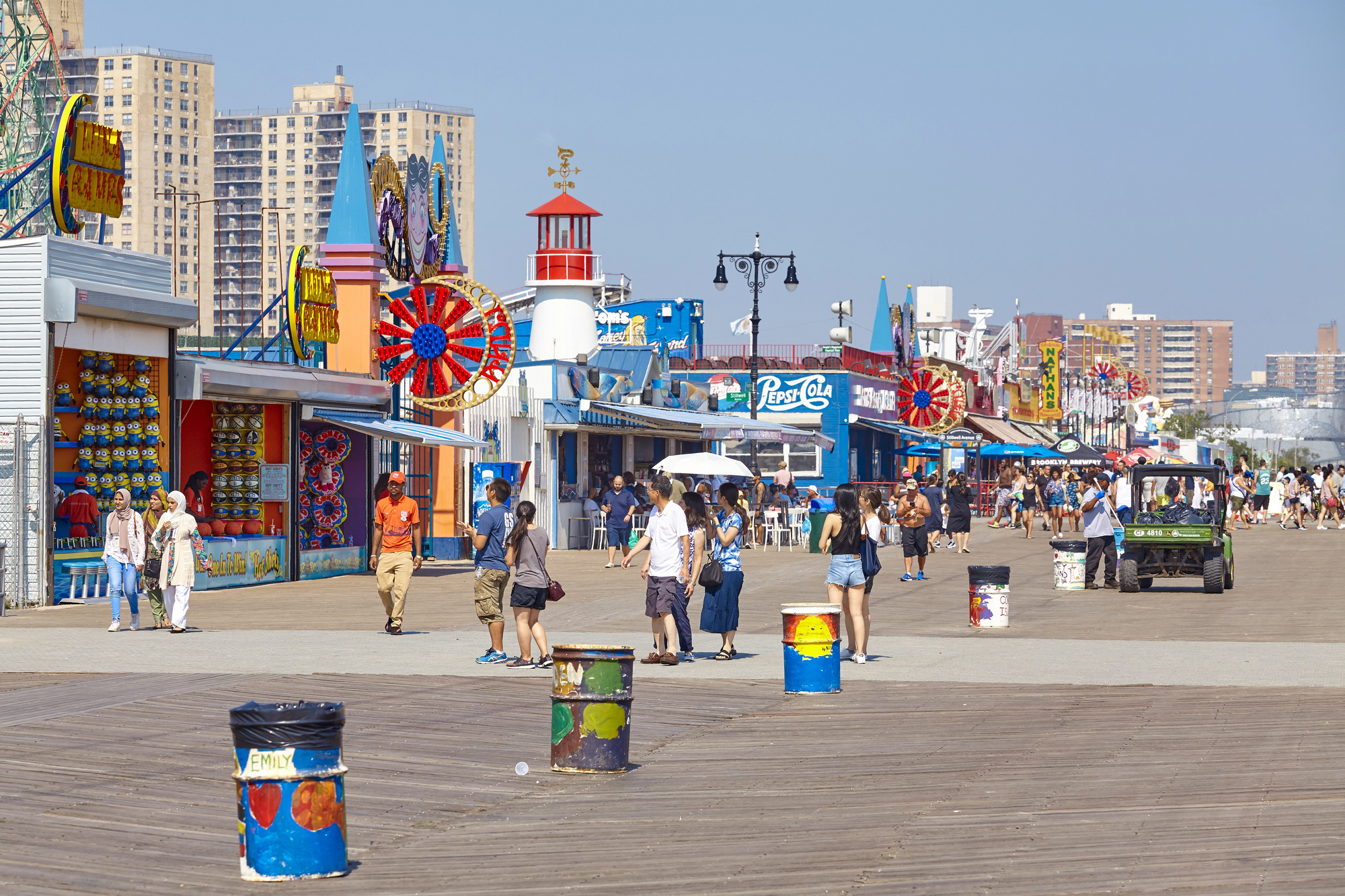
This New York amusement park features a restored carousel that represents mid-20th-century carousel manufacturing. The restoration maintained the charming painted animals while ensuring safe operation for modern families.
The project demonstrates how carousel preservation serves both historical and recreational purposes in contemporary settings.
Lakewood Park
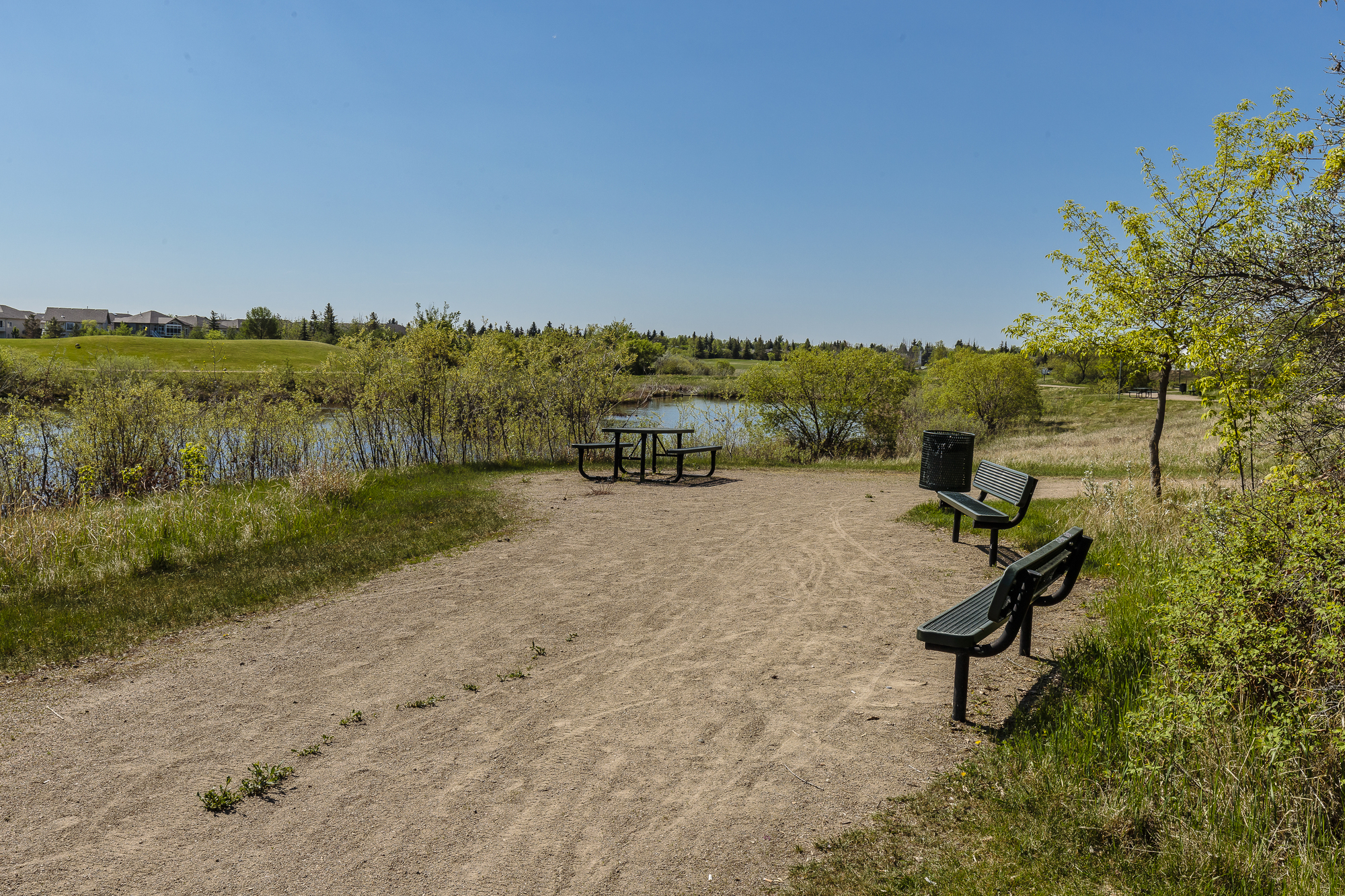
Pennsylvania’s Lakewood Park houses a restored early 1900s carousel that survived the decline of traditional amusement parks. The restoration brought back the original painted horses and mechanical music systems.
This project shows how small community parks can successfully preserve significant pieces of American entertainment history through dedicated volunteer efforts and local fundraising.
Like Travel Pug’s content? Follow us on MSN.
The Magic Lives On

These restored carousels represent far more than nostalgic amusement rides or quaint tourist attractions. They’re tangible connections to an era when craftsmanship meant something different, when artisans spent months hand-carving and painting each horse with details that modern manufacturing simply can’t replicate.
Each restoration project required communities to invest not just money but also faith in the idea that some things are worth preserving simply because they bring joy. As these magnificent machines continue spinning into the future, they carry with them the dedication of countless volunteers, craftsmen, and dreamers who refused to let magic disappear.
More from Travel Pug

- Cities Growing so Fast You Won’t Recognize Them in 10 Years
- 13 Destinations Where Tourists Regularly Regret Their Trip
- 16 U.S. Cities That Are Quietly Becoming Travel Hotspots
- Where to Travel If You Love Long Bus Rides and Daydreams
- 20 Cities Perfect for Solo Travelers Who Crave Adventure & Culture
Like Travel Pug’s content? Follow us on MSN.
